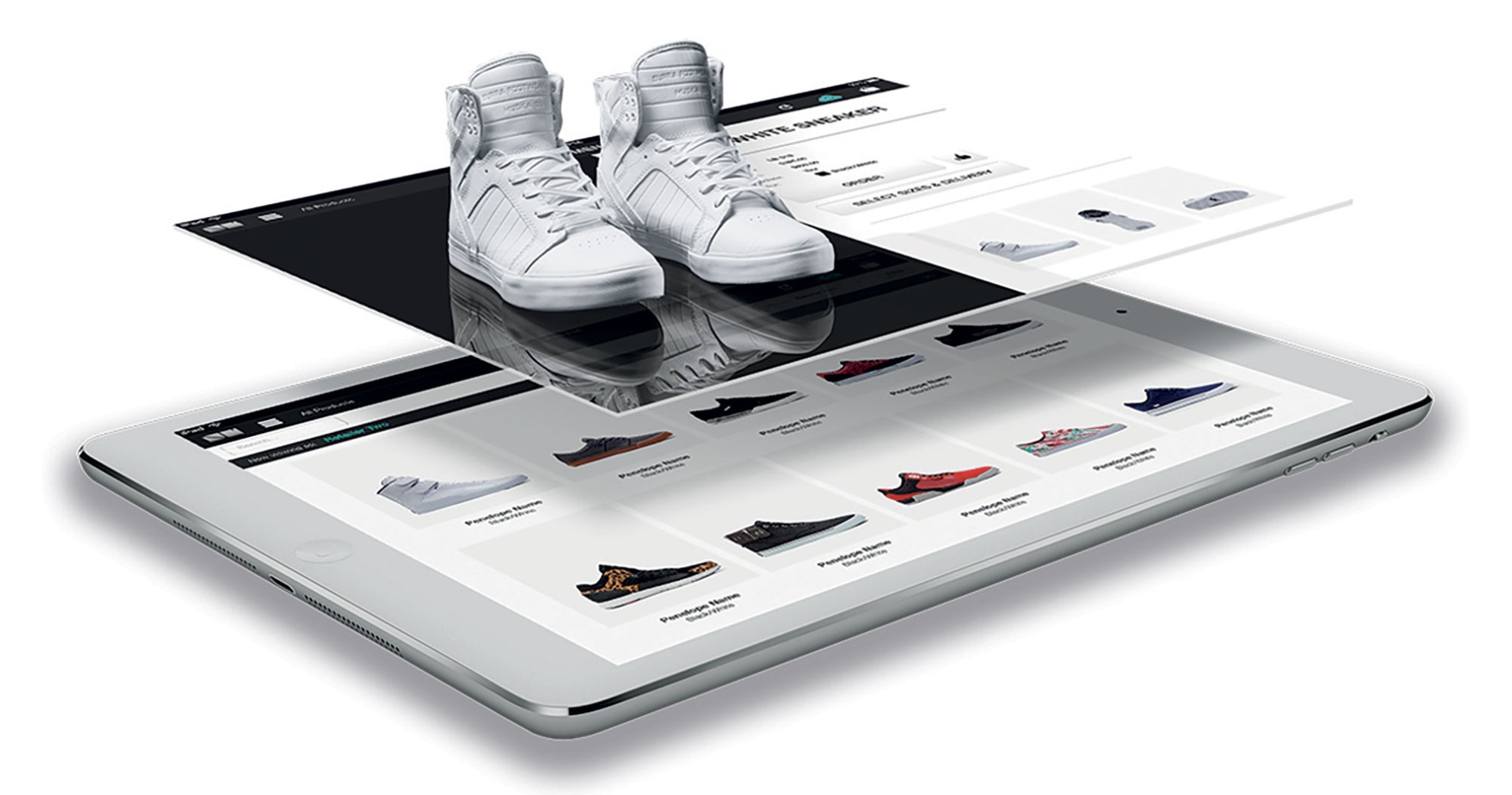A new chapter in human history has opened the global health crisis after the emergence of the coronavirus. An unforeseen and unprecedented event that forced the implementation of profound changes in the set of activities, where health is the highest priority and the economy is functional to this objective.
In the field of manufactures, with respect to production, commercialization and consumption, there have been changes generated by the new living conditions due to isolation.
In this framework, and in particular in the footwear industry, where the live fairs of suppliers and manufacturers played a fundamental role in the dynamics of the sector, it was necessary to resort to new digital and communication technologies to supplant such events.
This is how the virtual fairs were launched, which are surely here to stay, and which are already an excellent complement to the live exhibitions.
In this regard, there is still much to learn by organizers, participants and users, and for this purpose SERMA carried out a survey of all interested parties, including technicians and specialists in these tools, to determine the main characteristics, recommendations and advantages they offer.
VIRTUAL FAIRS
ADVANTAGES FOR BUYERS
-Immediate connection from any device, from anywhere and in uninterrupted schedule, with Internet service.
-Travel and travel allowance costs are avoided.
-The operating time is reduced and the agility in the exchange of information increases.
-Allows personalized navigation on specific searches.
-Access to a greater offer of exhibitors. E.g.: catalogs.
-The entrance to the virtual fair is an immersive and different experience, where the visitor decides what to do.
-Optional. Visitors can tour the fair anonymously.
ADVANTAGES FOR EXHIBITORS
-Greater scope to spread the offer, with Internet service. They can receive visitors from different origins.
-It can be the first contact for future virtual, physical and commercial relationships.
-The number of visitors can be multiplied with respect to the live fair.
-The virtual fair is cheaper than the face-to-face one. Costs are saved in travel, travel allowance, stands and personnel.
-Allows, depending on the case, redirect visitors to their own websites.
-Everything that happens online is measurable. Virtual trade fair organizers can provide exhibitors with reports on the ROI -Return on Investment Calculation-.
-Access to the monitoring of attendees and integration to the CRM -software to store and organize customers information- to download and consult at any time.
-It allows greater brand positioning, due to visibility through the designs and own graphic elements.

Virtual fairs will be an excellent complement to live fairs, as soon as they can resume their activities normally.
LIVE FAIRS
ADVANTAGES FOR EXHIBITORS AND VISITORS
-Allows make personal relationships aware by direct contact. Subliminal perception of people that makes it possible to focus conversations and attitudes to create bonds and empathy with the interlocutor.
-Because of the characteristics of the supplier-manufacturer-merchant chain, where tradable objects are materials, supplies, components, footwear and manufactures, generally related to fashion, touch, direct contact and a broad and specific vision of the product are very important.

The greater reach and coverage of digital media globalize business relationships and open the doors to other markets.
VIRTUAL FAIRS
TECHNICAL RECOMMENDATIONS
Beyond the systems chosen for content management in the formation of platforms for virtual fairs, the technicians emphasize taking into account the following points:
-Ease of access. With a technological tool that allows operational efficiency and by the organization, with simple and clear methods for registers and entries.
-It must be easily navigable and functional, allowing a voluntary and intuitive displacement.
-For exhibitors. Visual care in the presentation of the virtual stand is decisive in the perception of the visitors. The photographic quality of the products, their arrangement and the general aesthetics of the space must be taken care of.
-For organizers. Analyze and compare, depending on the case, the convenience of the temporary digital fair -with a limited date-, with the Marketplace, a permanent space, based on a greater use of unique and original costs.
-The configuration of the virtual fair in two or three main languages is basic, to serve international visitors.
-Must have sufficient operational technical support (server, equipment, technicians, etc.) for quality, permanent and safe operation.
- "The digital will never replace the physical", agree many experts, arguing that due to the characteristics of this industry, seeing, feeling and touching the products will continue to be fundamental.
-The concept that the digital and live fair complement and enhance each other is increasingly consolidated. For this reason, the choice for hybrid events continues to grow.

Attending the protagonists
Notwithstanding the figures and data provided by virtual event organizers entities regarding the number of visits and interactions, in order to promote the influx of exhibitors and visitors, in various consultations made to participants and buyers, considerations emerged that set the course to perfect these new tools, which, no doubt, are already part of the reality of the sector.
Among the main ones, on the part of the visitors, the lack of information regarding the realization of the events was detected, and difficulties in access due to unclear indications and too much request for requirements. Meanwhile, those who entered expressed their satisfaction at knowing the available offer and being able to establish a prior relationship with new suppliers with a view to future purchases.
There is agreement among suppliers, manufacturers and buyers of footwear regarding the validity of the virtual tool, although they point out that most purchases and sales are made in person.
Another aspect to mention is the generational, age and attitude issue of many participants, where differences in knowledge and aptitudes are observed.





